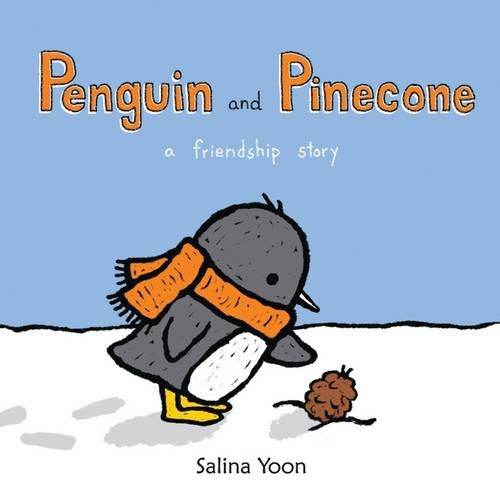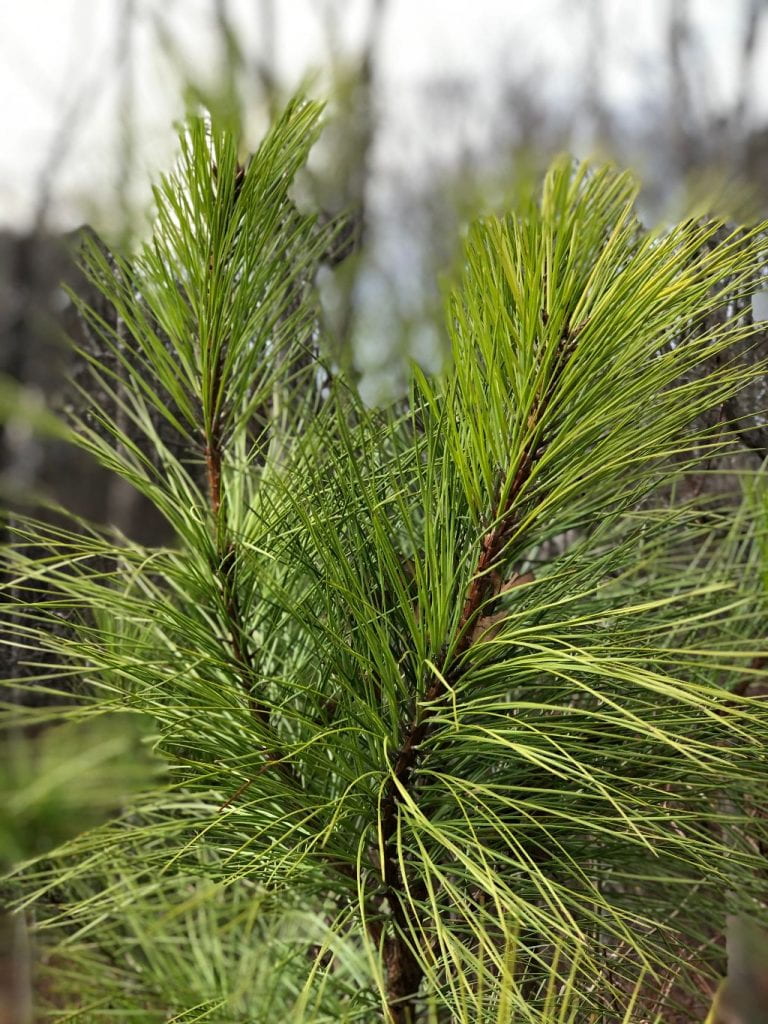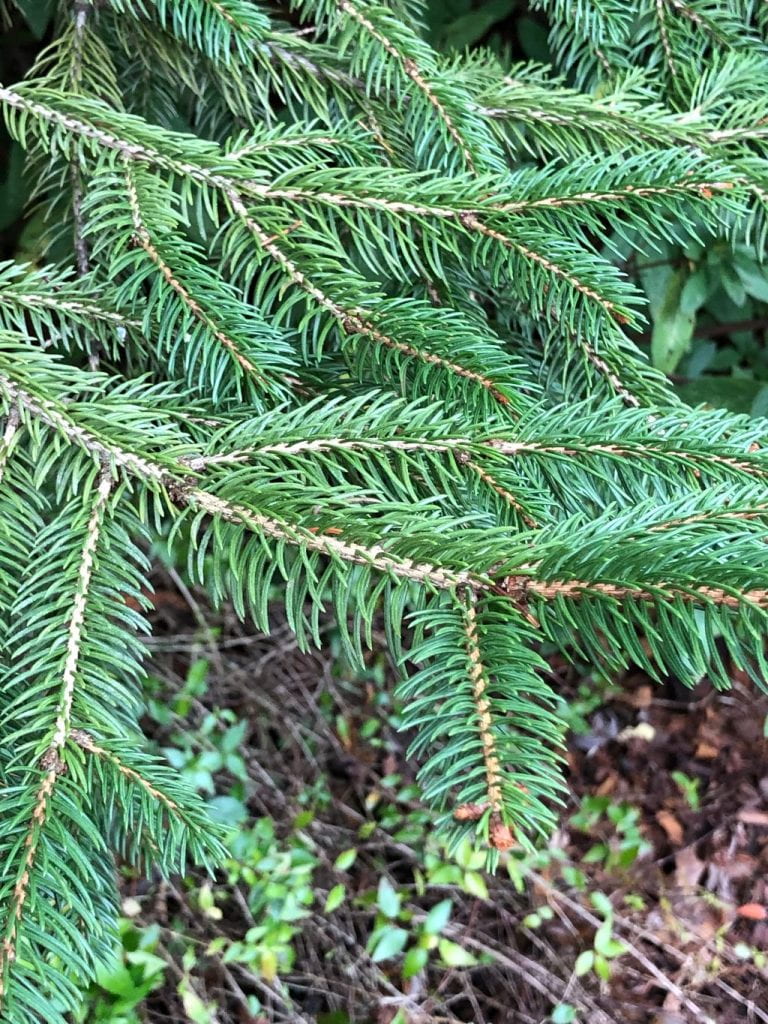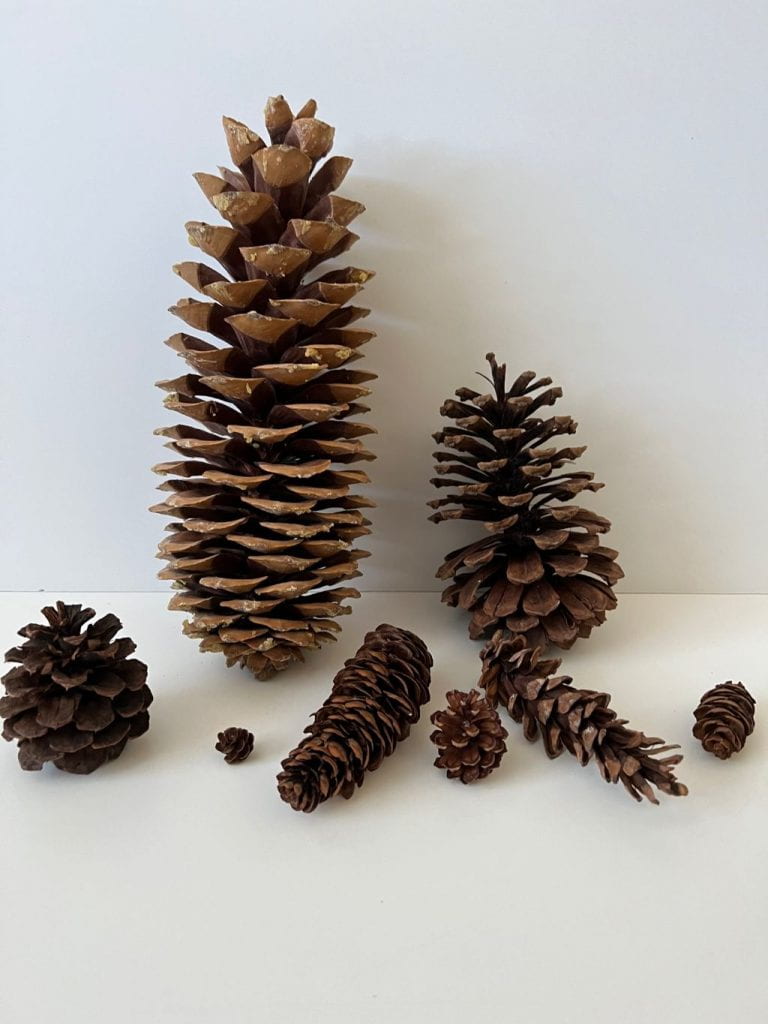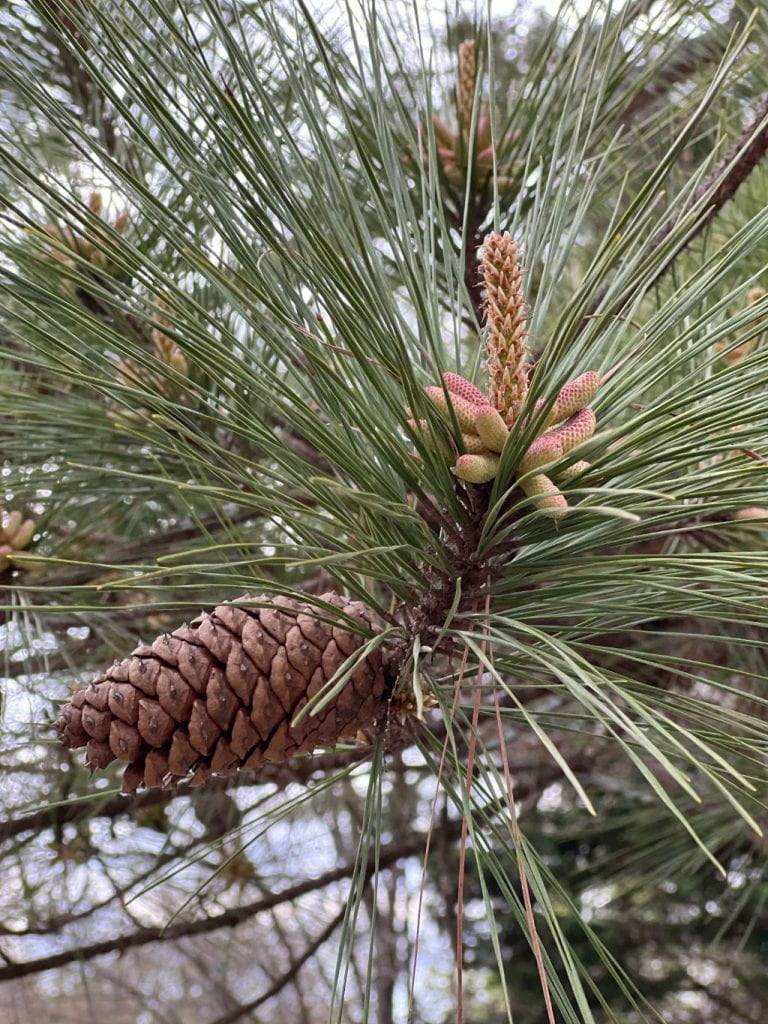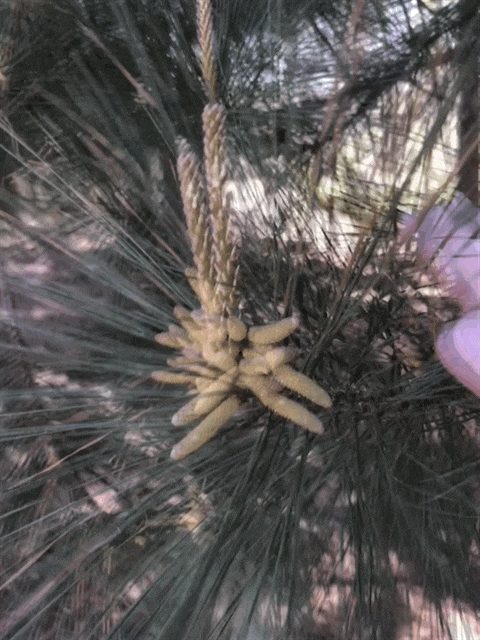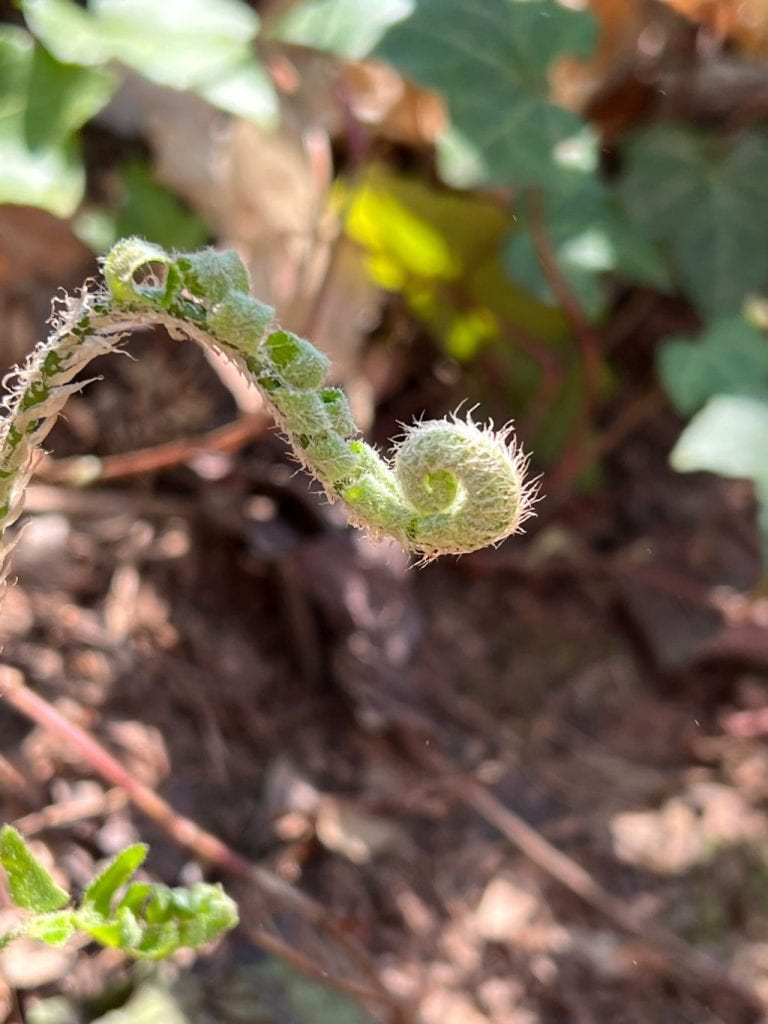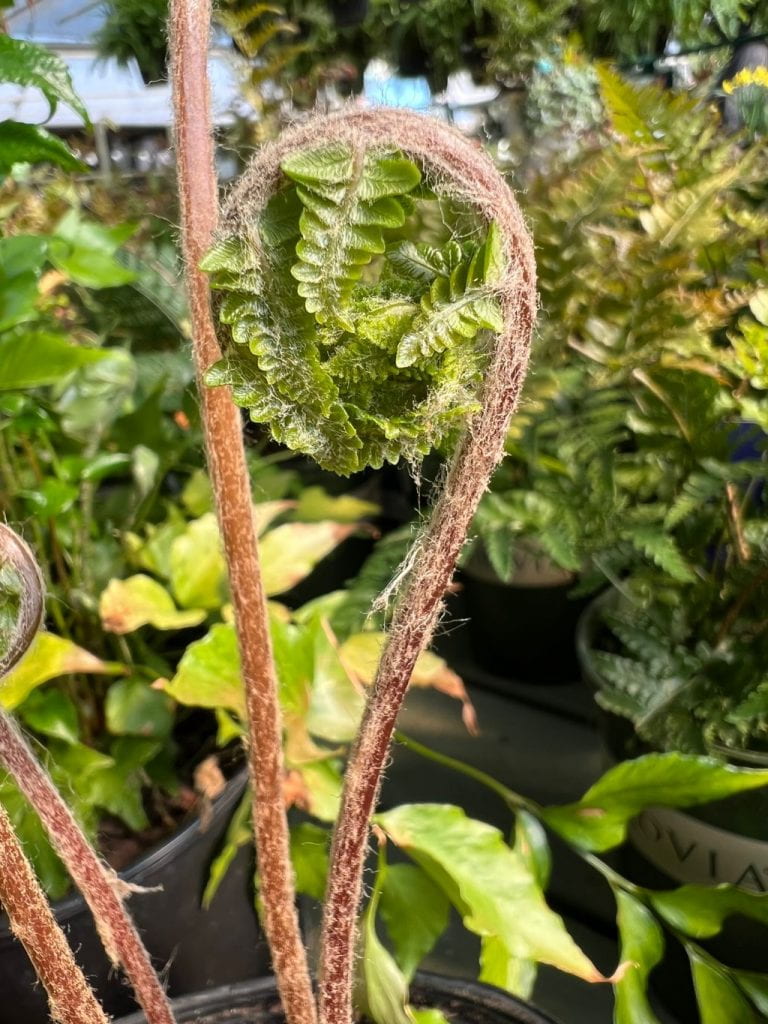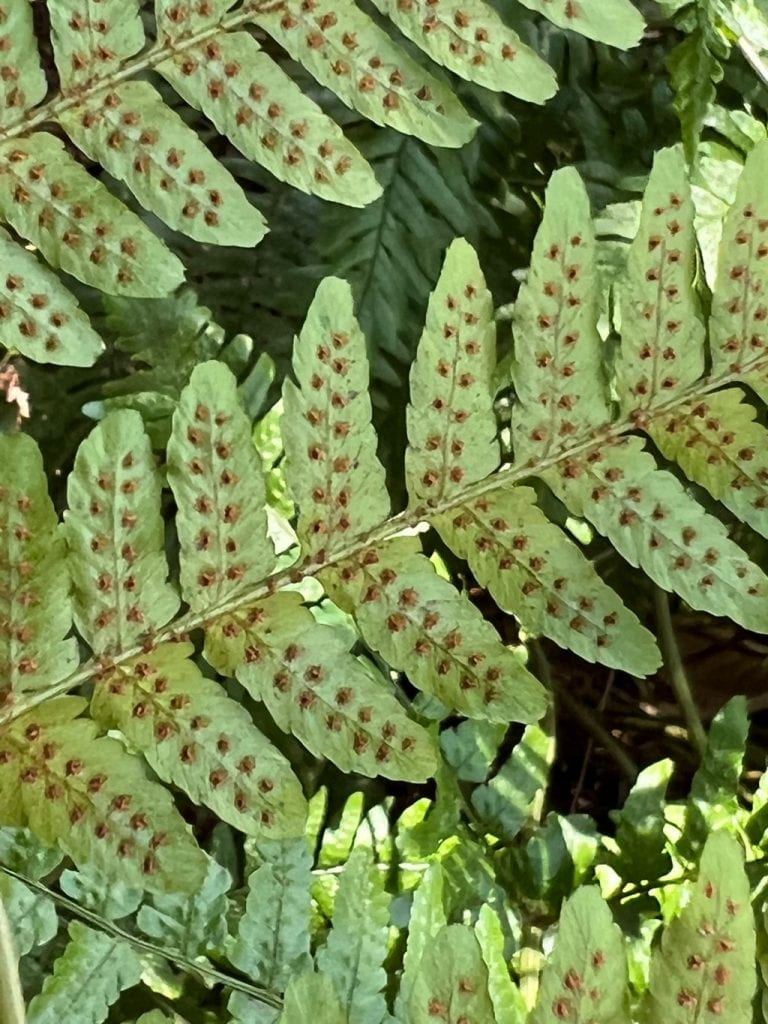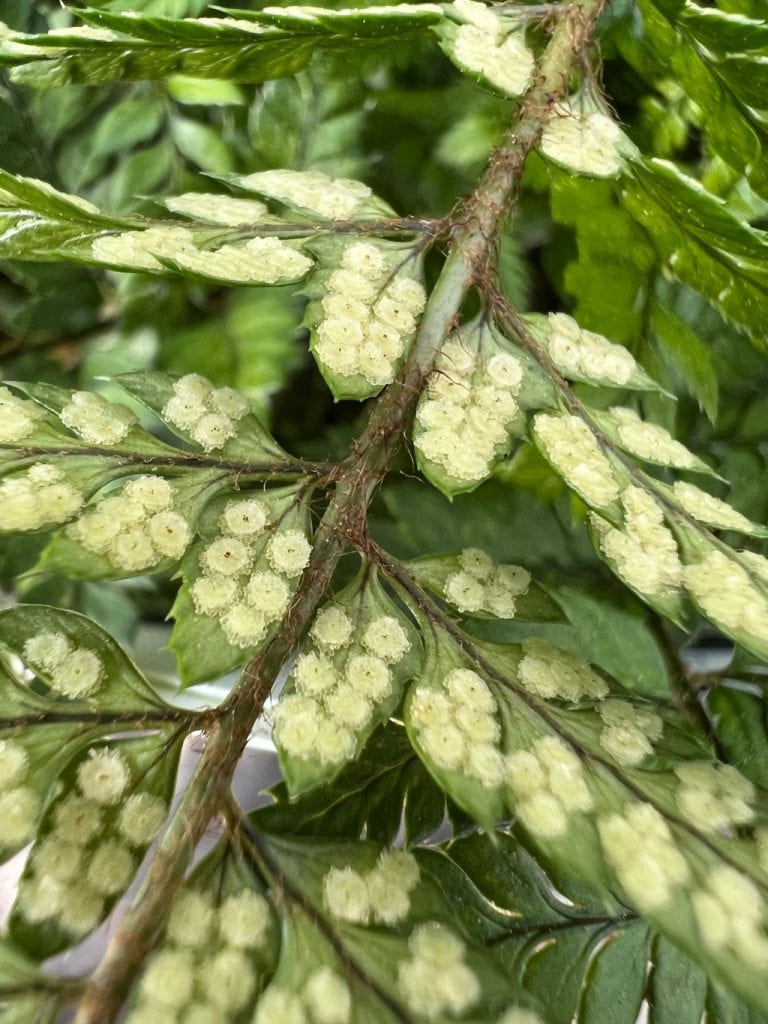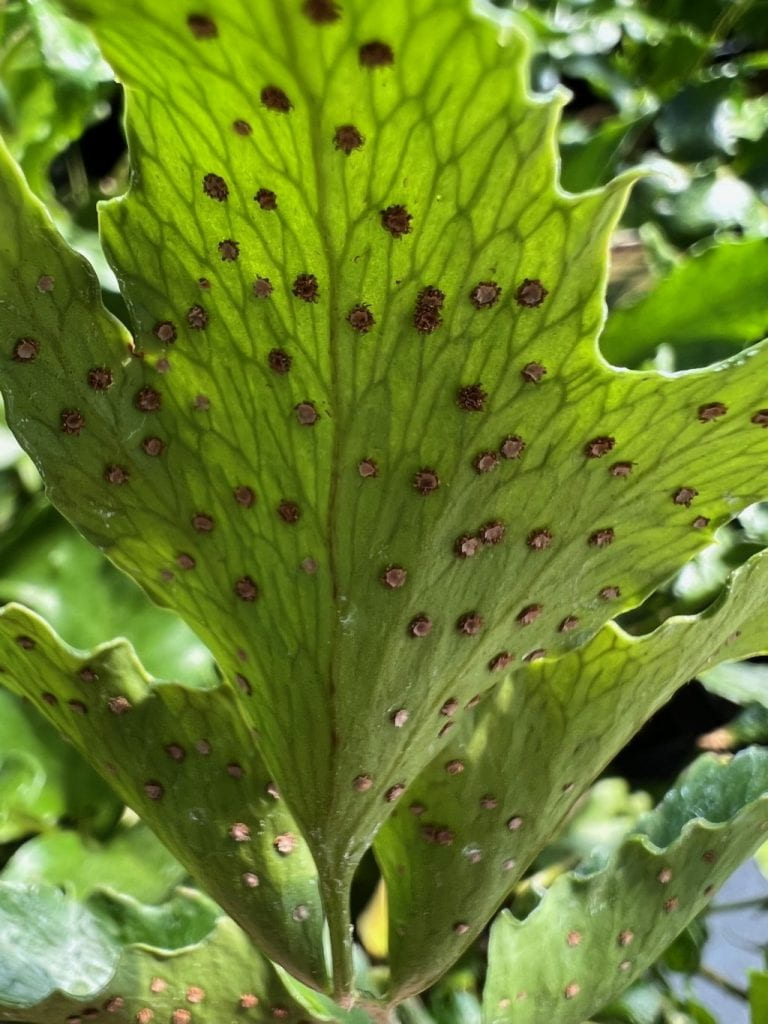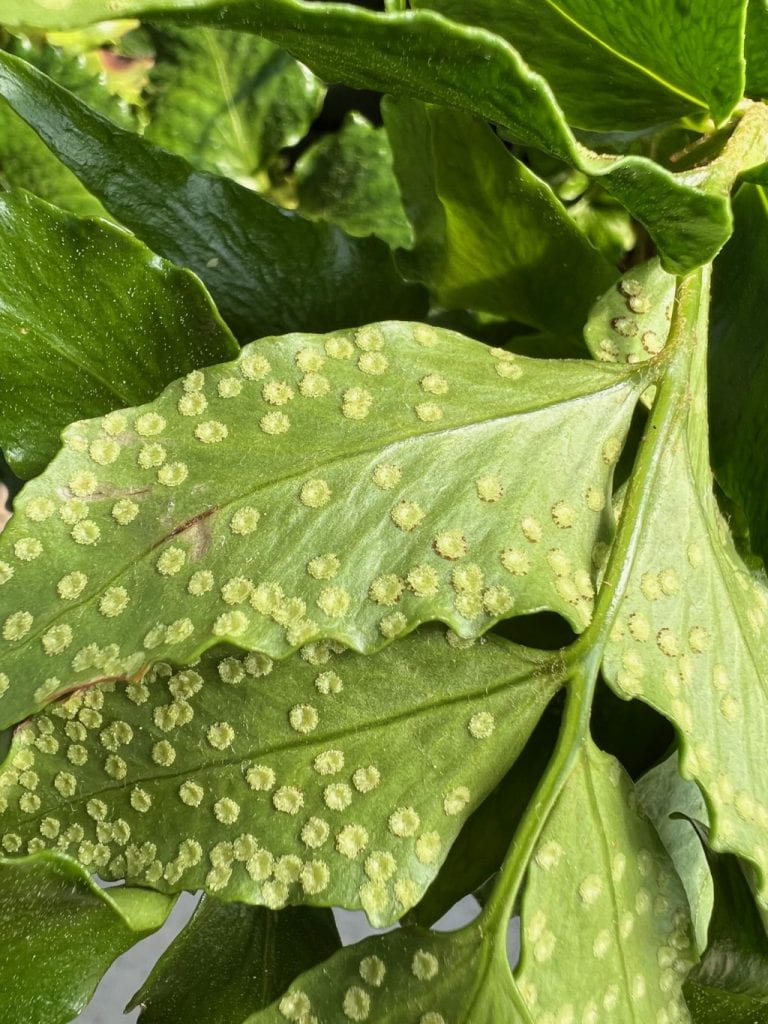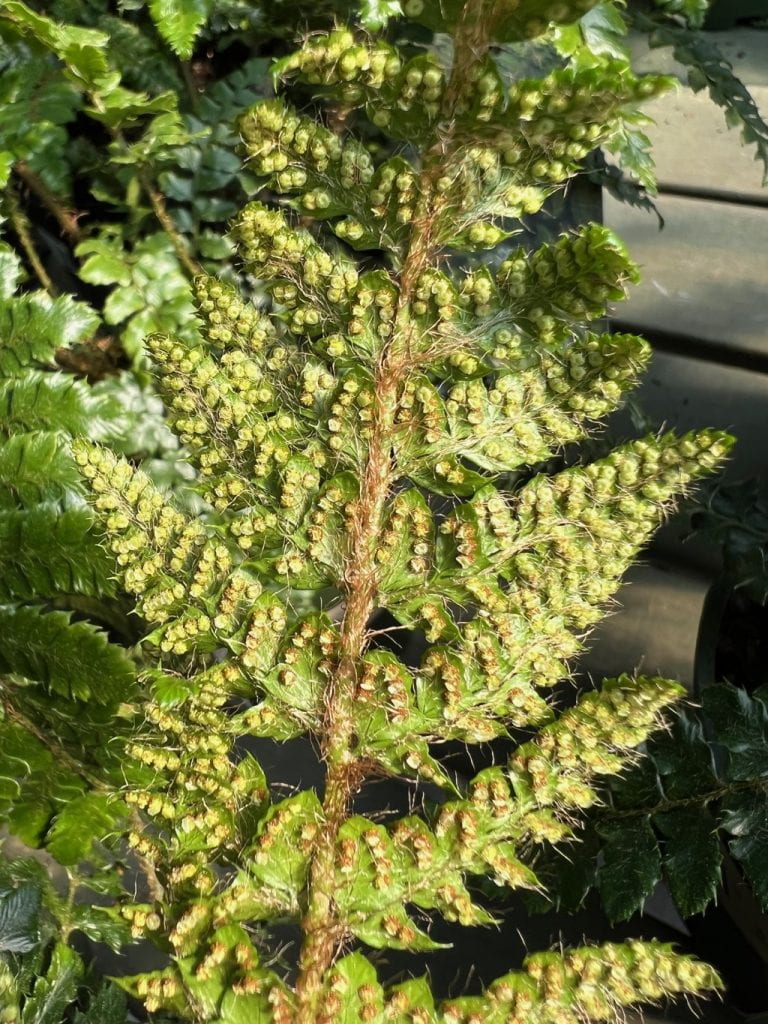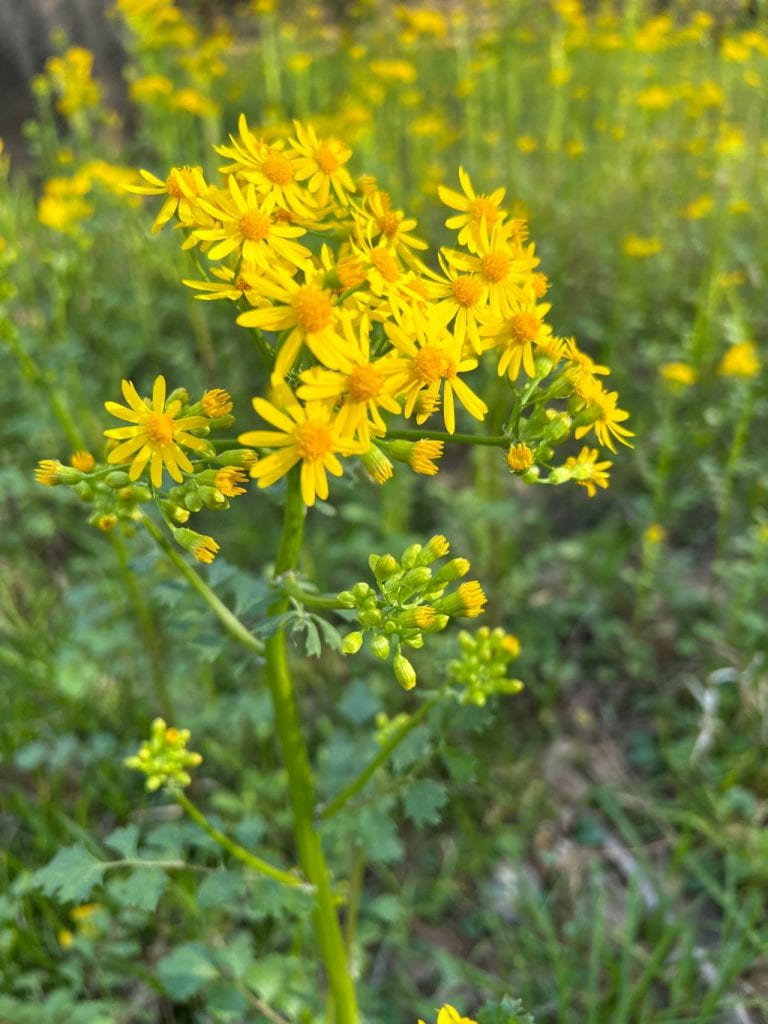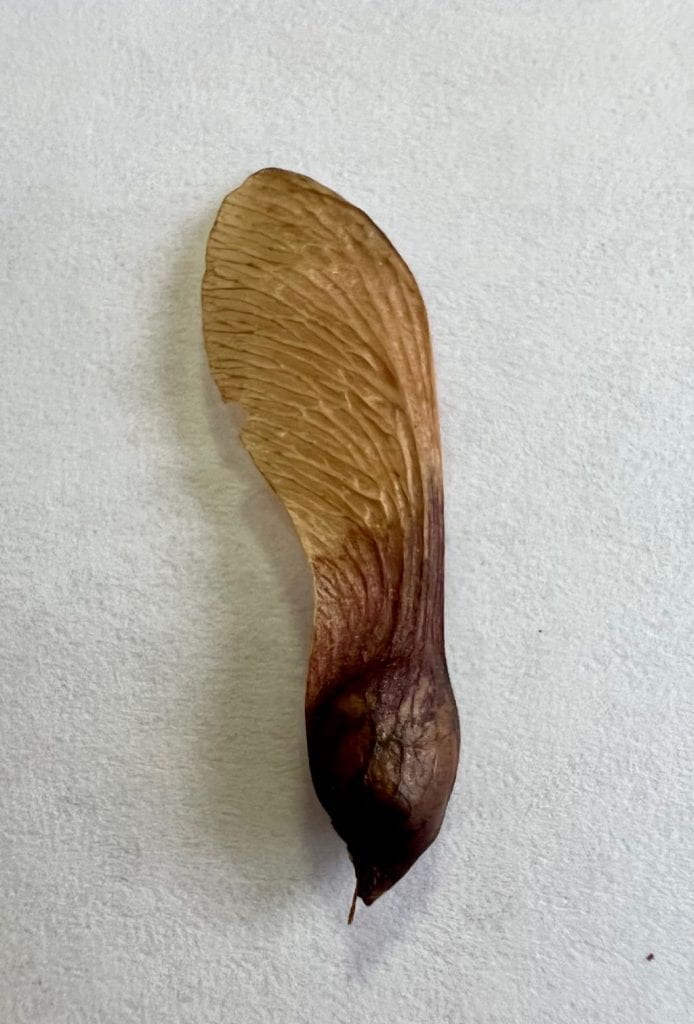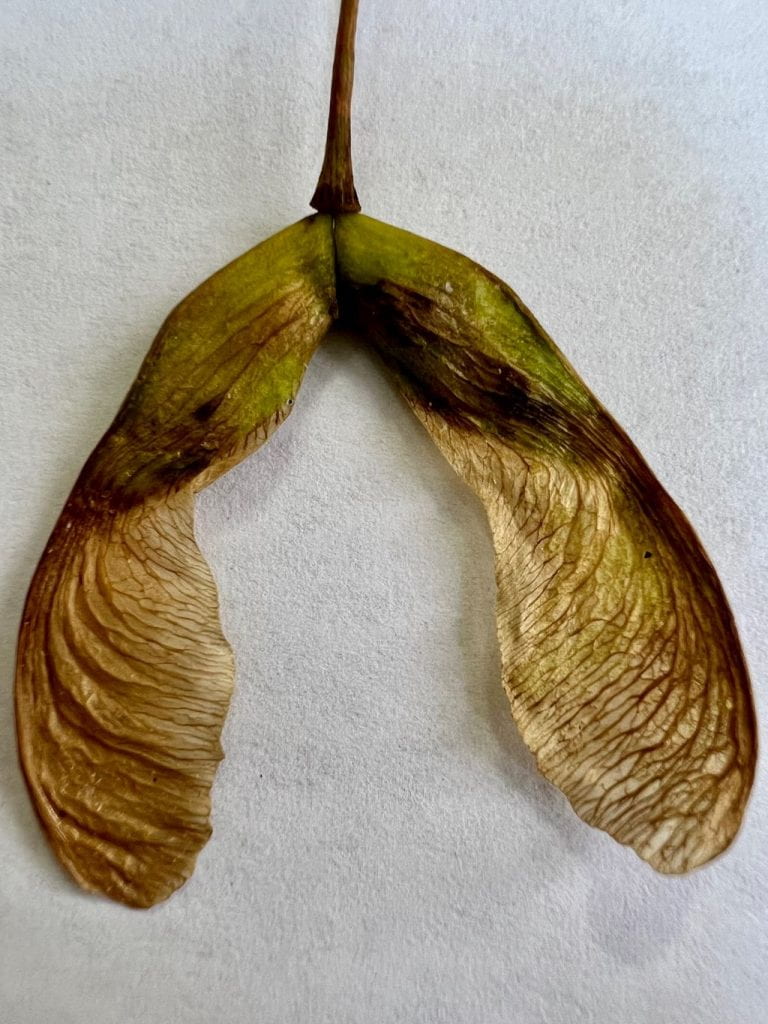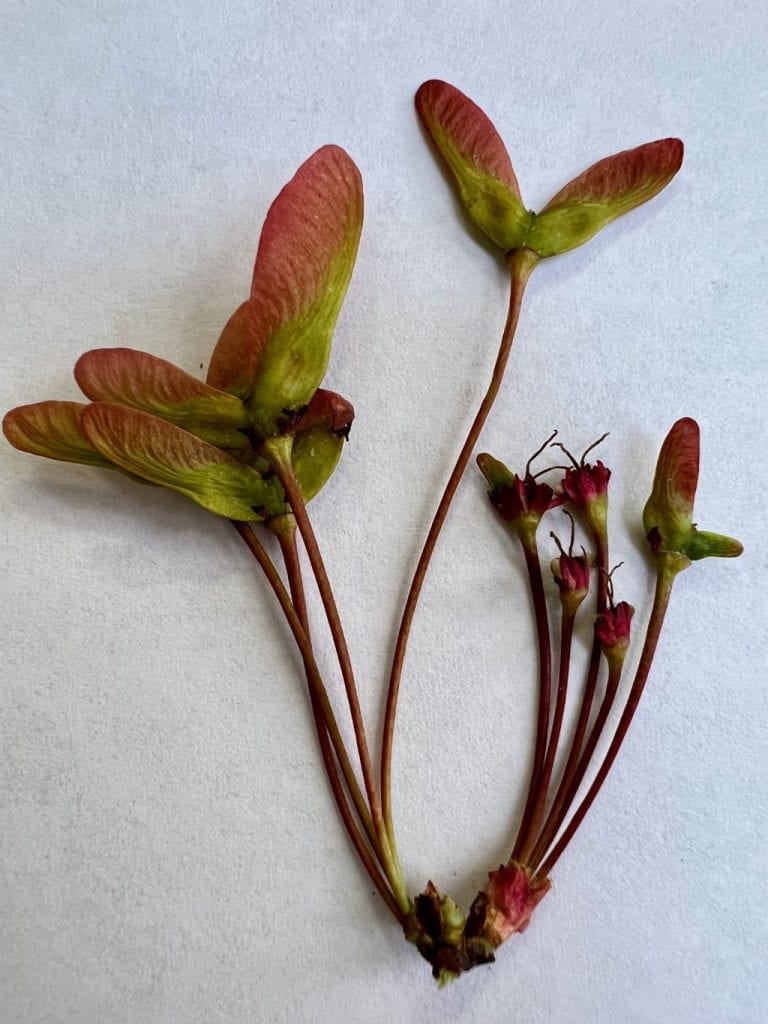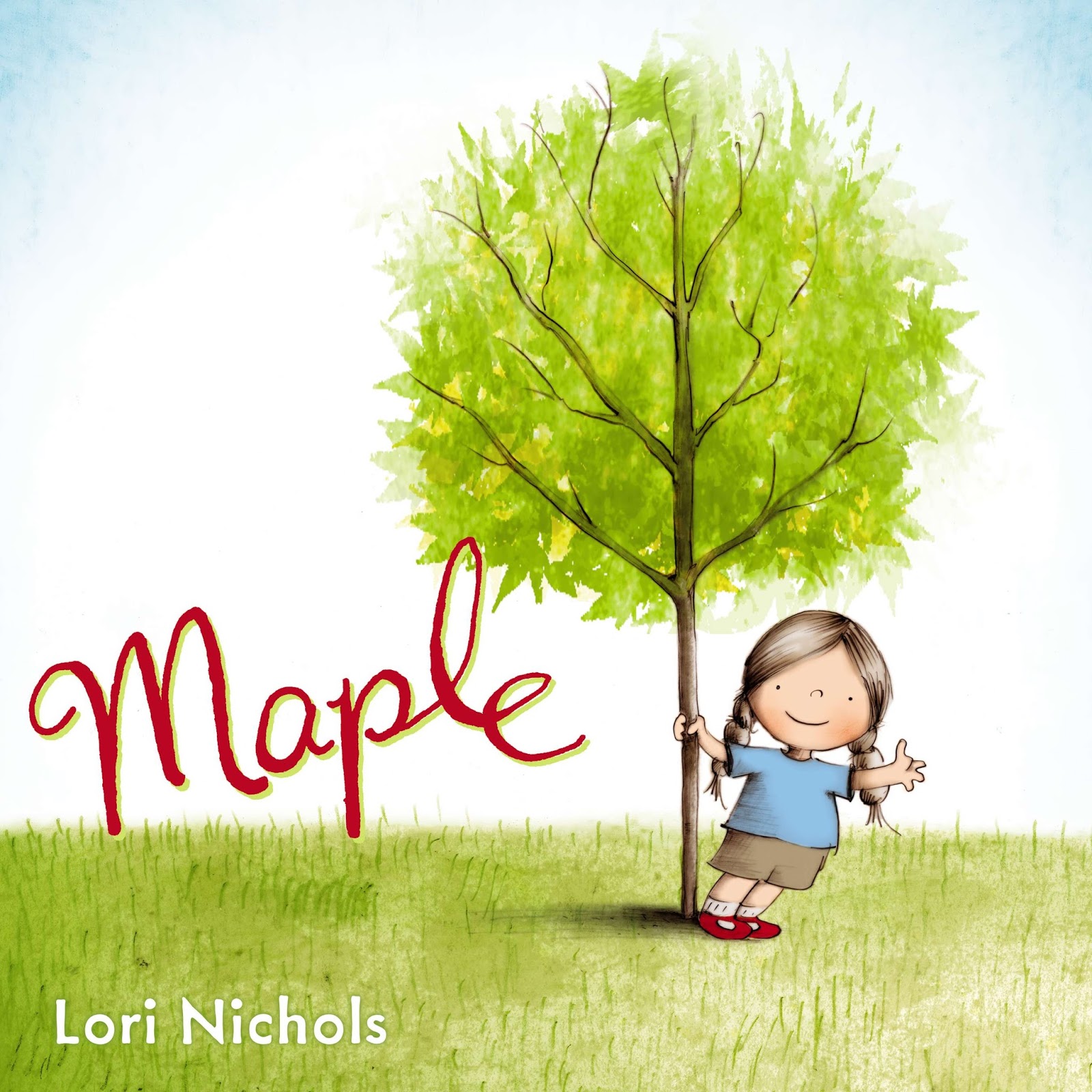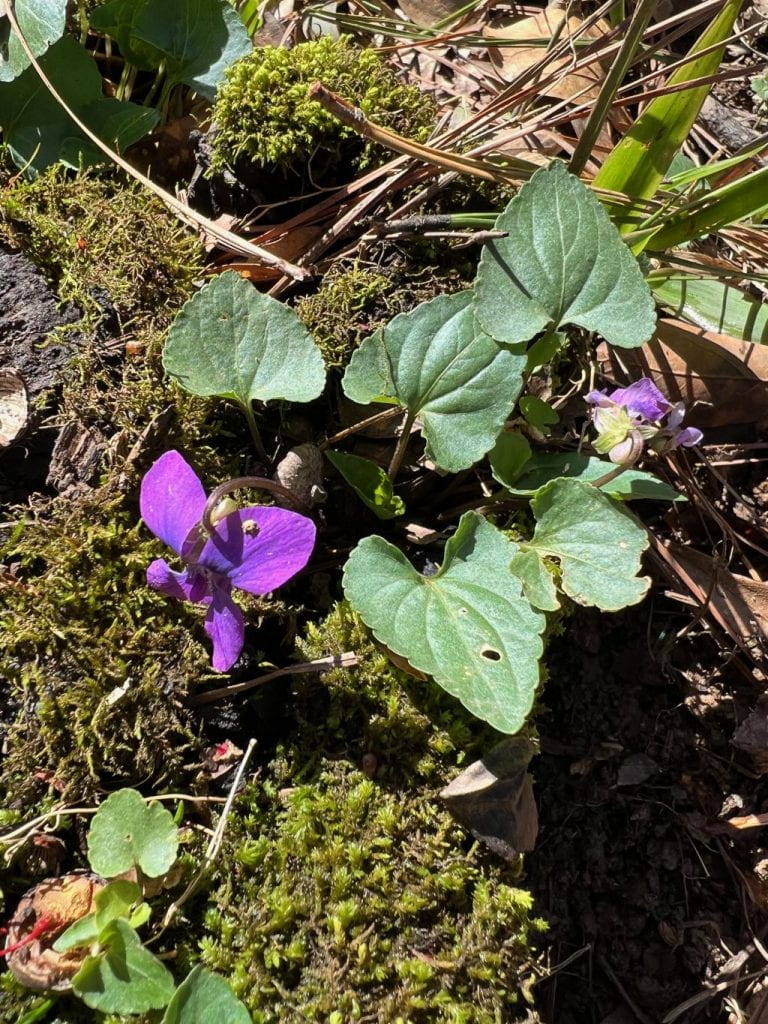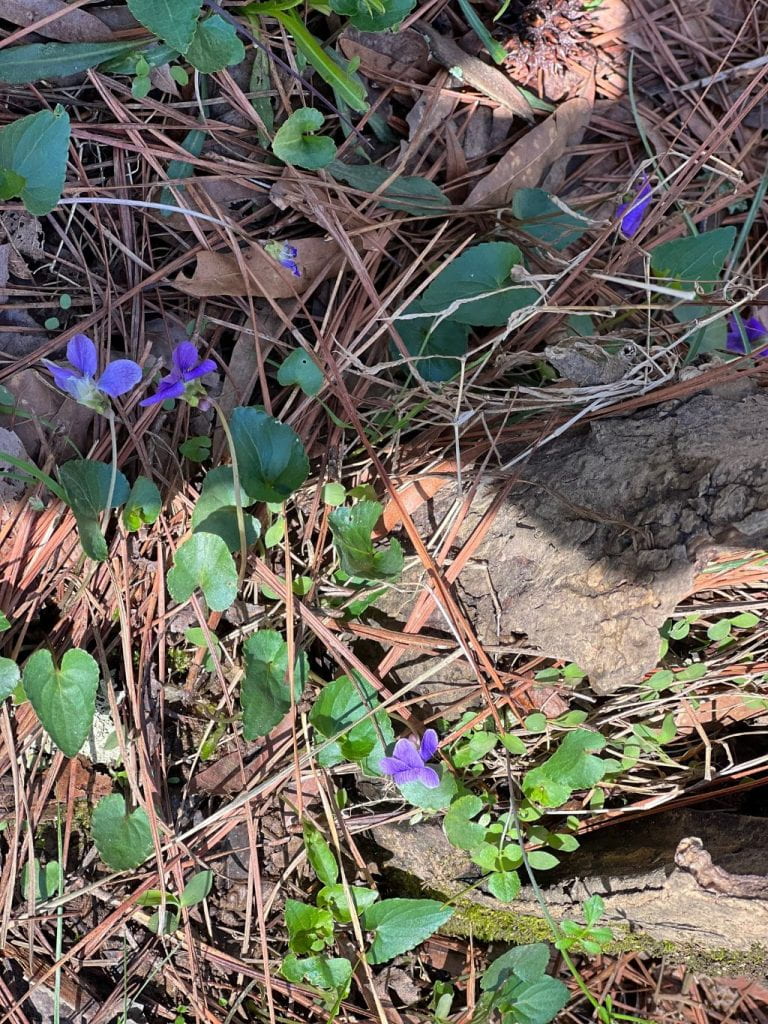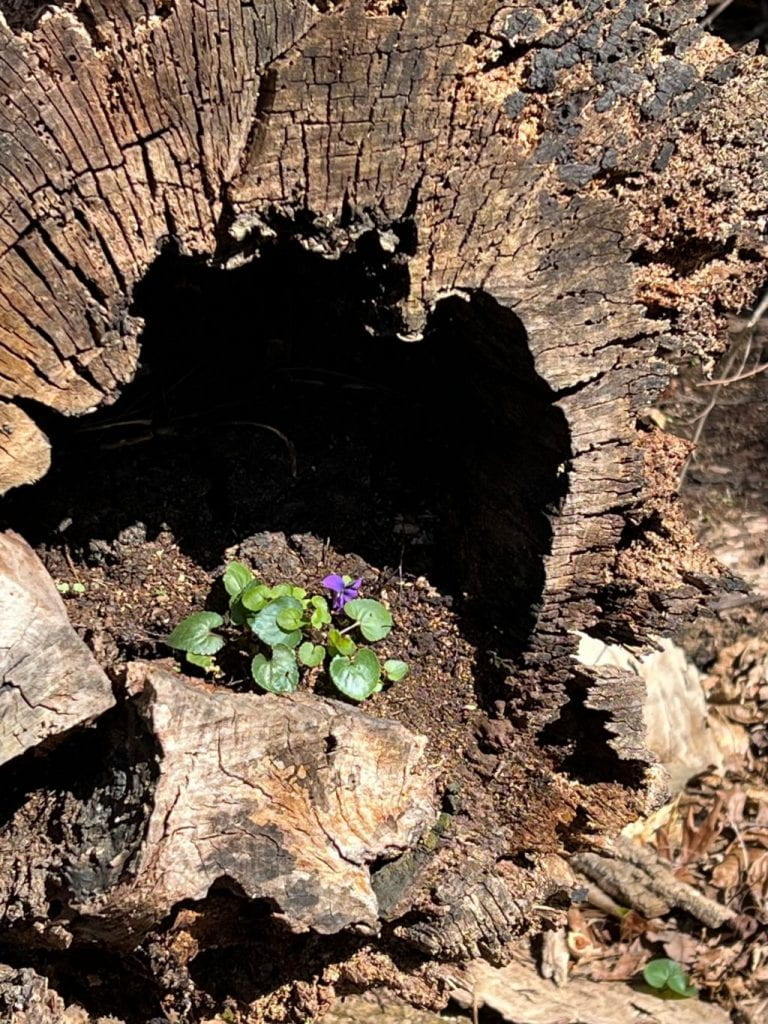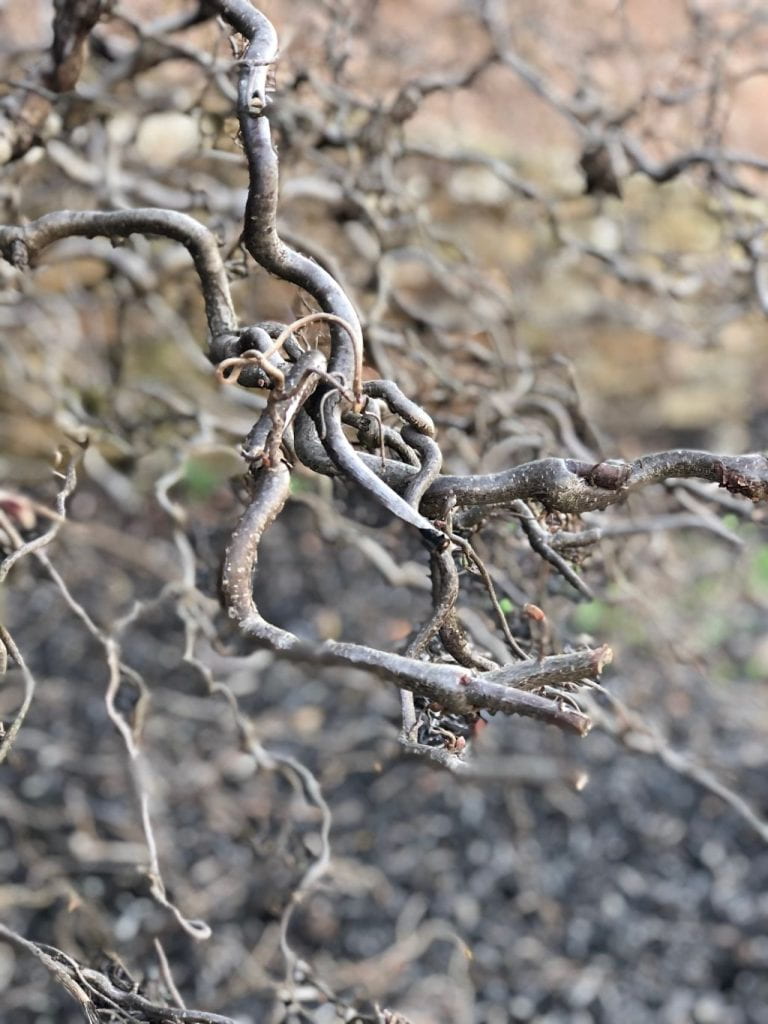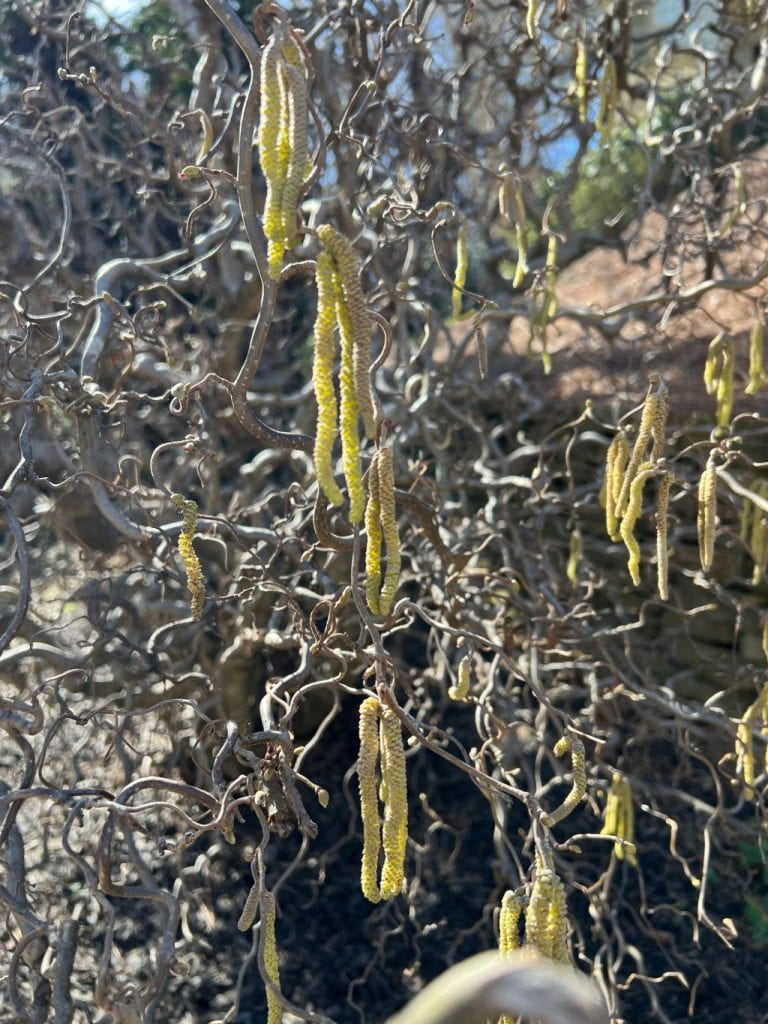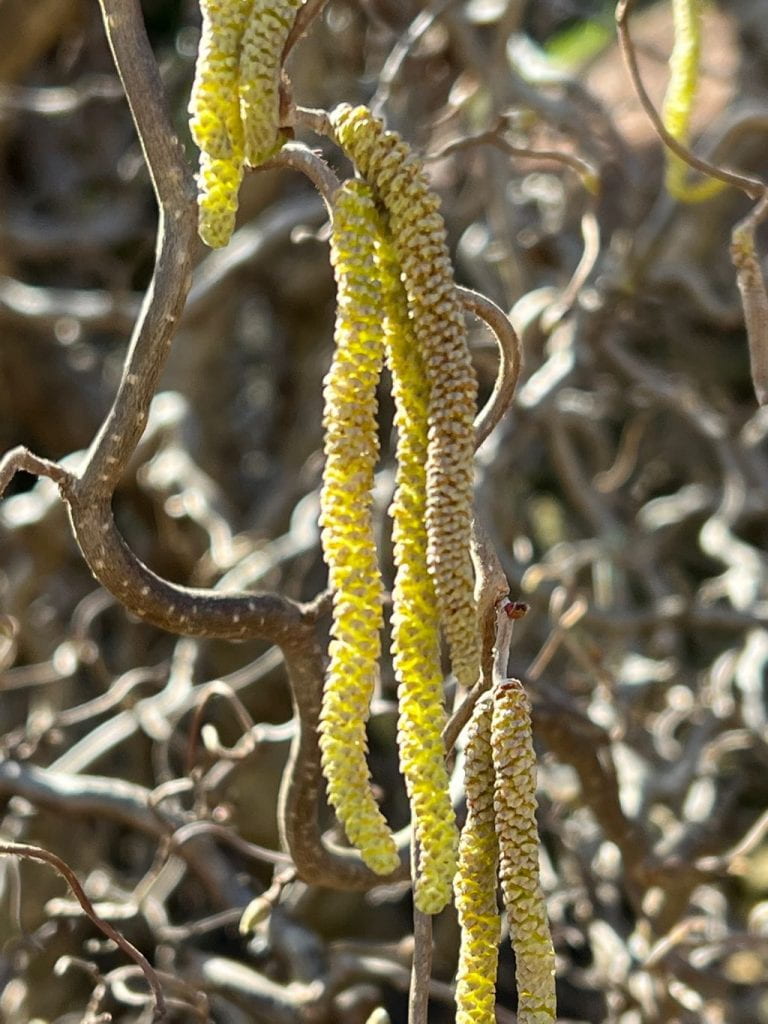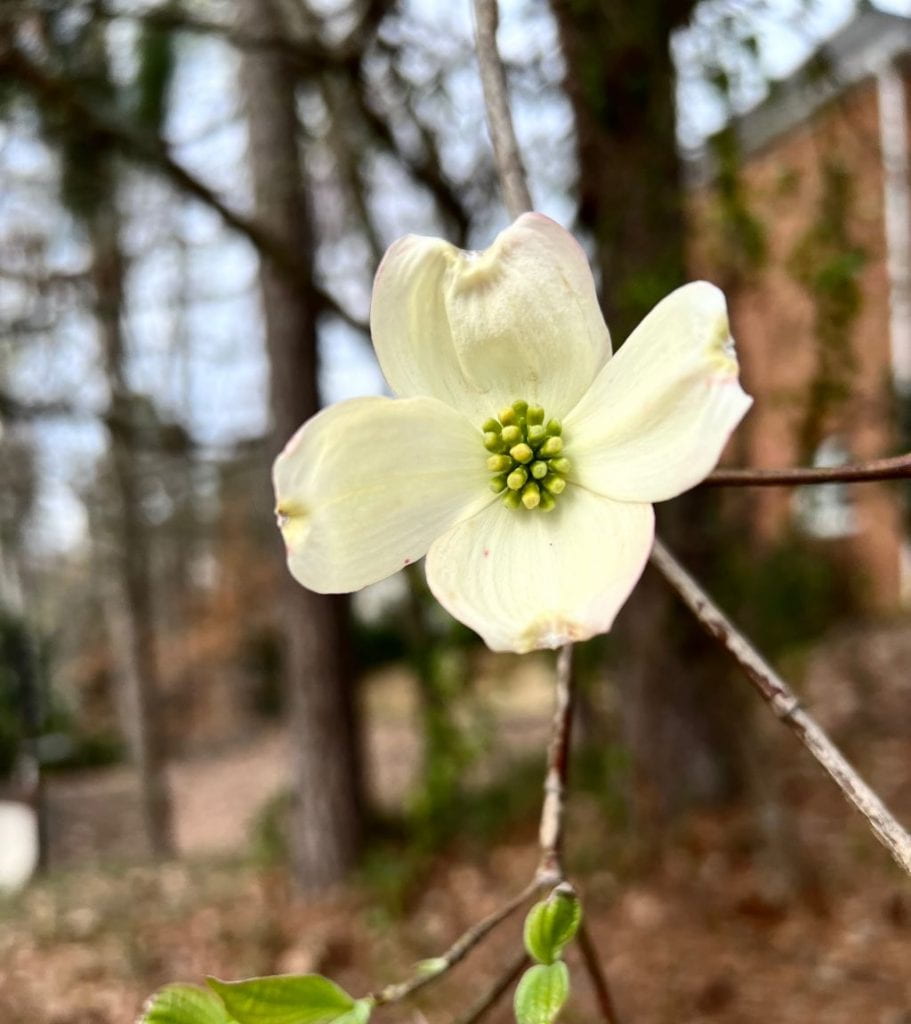Conifers
I’ve always taught about conifers, cone bearing plants, in the winter months, but spring is an ideal time to learn about their life cycles. Many conifers are also evergreen and their leaves are needles. Check out the diversity in the needles below.
Each species of conifers has its own type of cone. How are they alike and different? Describe how they feel, smell, and look.
What is the purpose of pinecones? Click here for the Safeshare link.
Click here for the Safeshare link.
Can you identify the male and the female cone? Watch the pollen come off the cone below.
My first-grade classes studied evergreens and conifers. Click here to go to that lab which has additional investigations to do with your children or students. Collect cones on your next walk and find the seeds inside. Were the cones you found open or closed?
The following photo is our next natural phenomenon. What do you notice about the tree below? Where are the pinecones? Have you ever seen a conifer with cones just on the ends of the branches? Why would it grow in this manner?
Click here to go to an excellent resource about pinecones. Do pine nuts come from pinecones? Go to this site to find out.
Include this sweet story about friendship in your study of pinecones. Click here for the Safeshare link.
